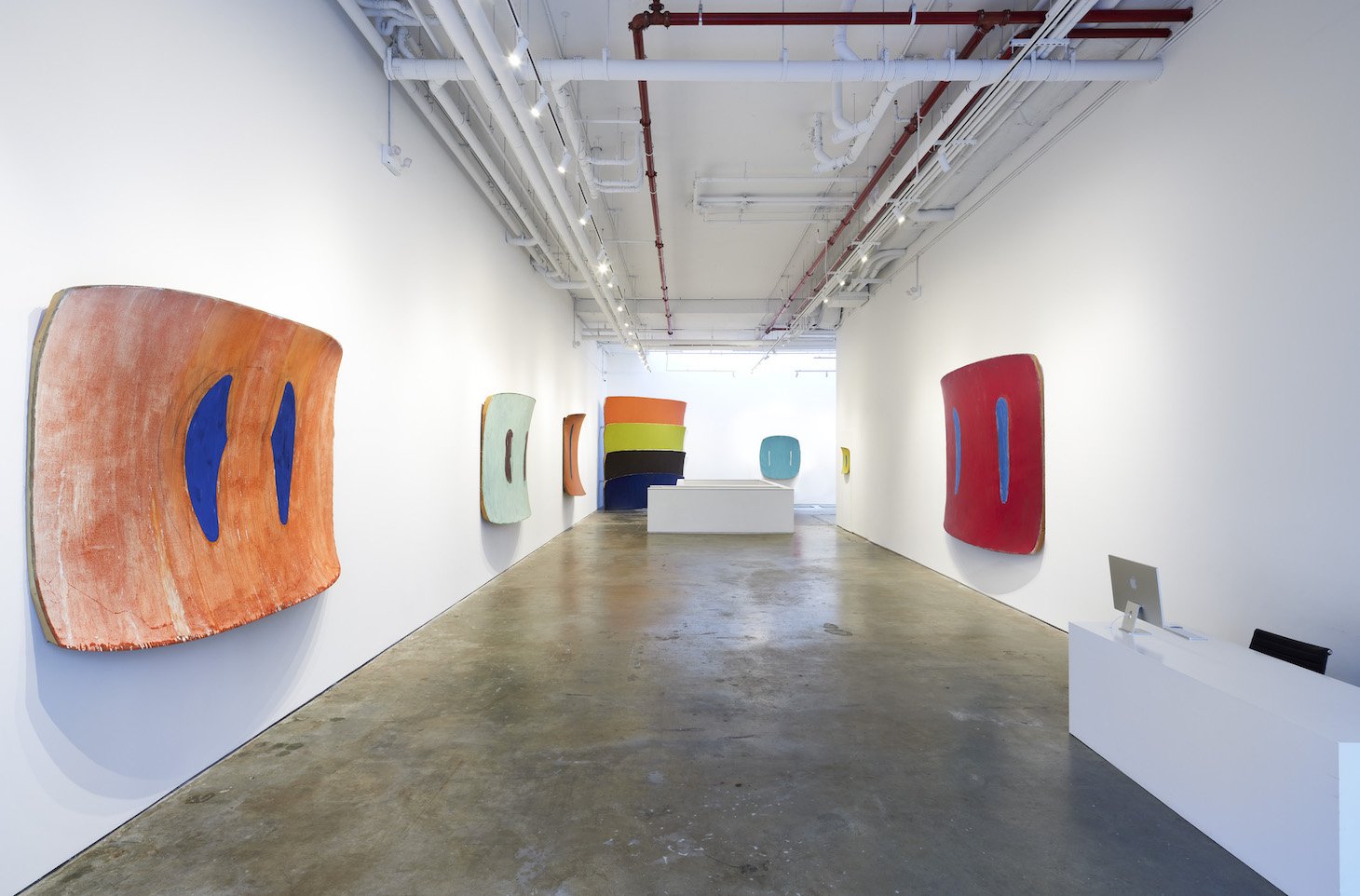Ron Gorchov
Photograph Source
From Artsy and VITO SCHNABEL Gallery
Ron Gorchov (b. 1930, Chicago, IL, d. 2020, New York, NY) was an American artist who began working with curved surface paintings in 1967. He created his first shaped canvas work in Mark Rothko’s studio. Gorchov was best known for helping to spearhead the shaped canvas movement. As part of a group of artists in New York in the 1960s and ‘70s including Frank Stella, Richard Tuttle, Blinky Palermo, and Ellsworth Kelly, Gorchov pushed painting to its extreme, defying Greenbergian formalism. Gorchov lived and worked in Brooklyn, NY until his death in August 2020.
Major solo exhibitions have been presented at Everson Museum of Art (Syracuse, NY); Sotheby’s S|2 (London, UK); Contemporary Art Museum St. Louis (Missouri); MoMA PS1 (Long Island City, NY); Vito Schnabel Gallery (New York, NY and St. Moritz, Switzerland); Lesley Heller Workspace (New York, NY); Galerie Forsblom (Helsinki, Finland); Cheim and Read (New York, NY); Galerie Richard (Paris, France); Centro Atlántico de Arte Moderno (Canary Islands, Spain), Susanne Hilberry Gallery (Ferndale, MI); Jack Tilton Gallery (New York, NY); Texas Gallery (Houston, TX); and Tibor de Nagy Gallery (New York, NY).
Ron Gorchov uniquely merged elements of sculpture and abstract painting: His signature canvases are curved, like saddles or shields, and feature spare, colorful, biomorphic forms, often paired and painted atop fields of color. His surfaces appear bold, raw, and brushy, with a cartoonish edge. Gorchov’s embrace of shaped canvases placed him in league with fellow artists such as Frank Stella, Blinky Palermo, Elizabeth Murray, and Ellsworth Kelly, yet his singular, twinned geometries set him apart. Gorchov’s work has been exhibited in New York, London, Brussels, Paris, and Los Angeles. His pieces have sold for up to six figures at auction and belong in the collections of the Metropolitan Museum of Art, the Museum of Modern Art, the Whitney Museum of American Art, the Guggenheim Museum, the Detroit Institute of Arts, and the Everson Museum of Art.
Installation view of Ron Gorchov, Spice of Life, Vito Schnabel Gallery, New York


